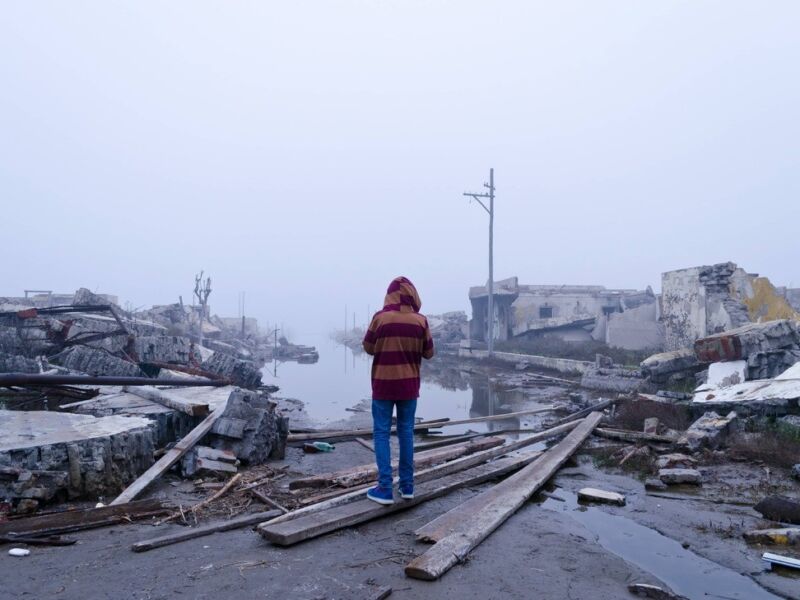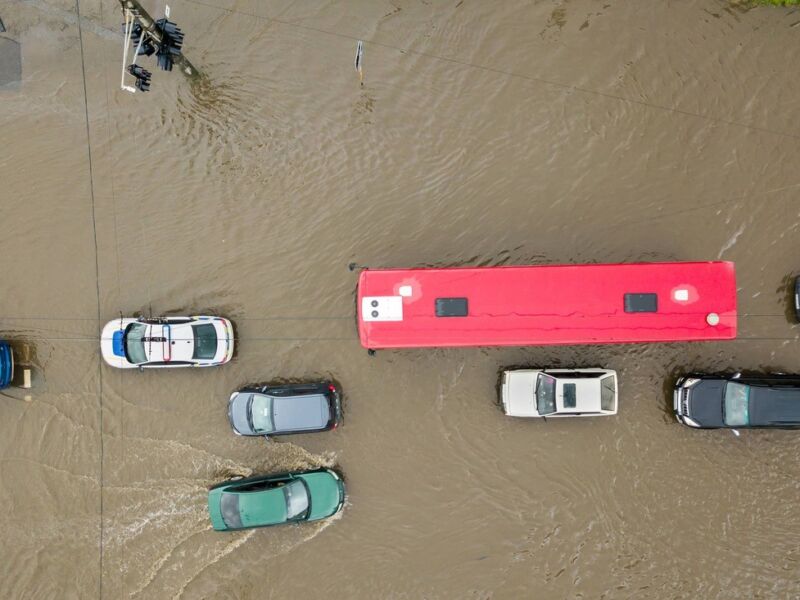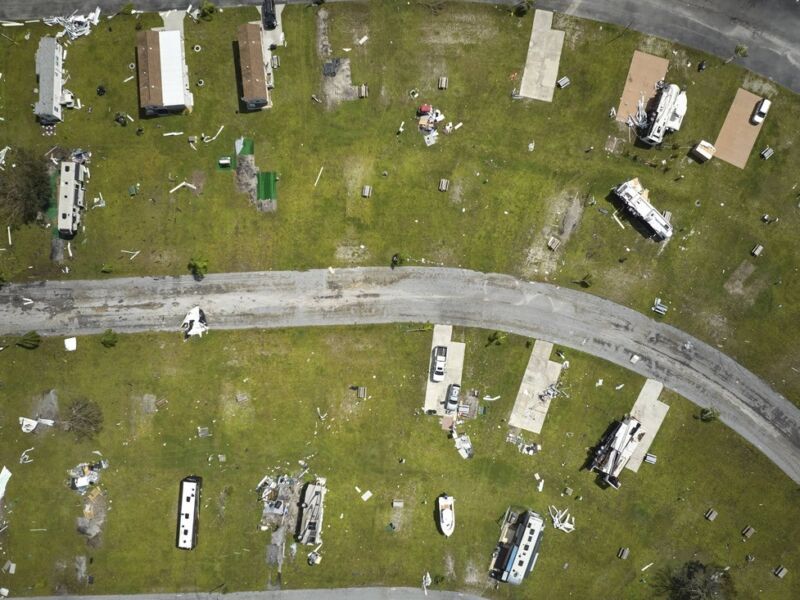
The Significance of Emergency Management Plans
Emergency management plans play a crucial role in disaster restoration and preparedness. These plans serve as a guide to effectively respond to and recover from emergencies, such as natural disasters, fires, or any other unforeseen events that pose a threat to public safety and property. By having an established emergency management plan in place, organizations and communities can minimize potential risks, reduce damages, and ensure the safety of individuals.
The Key Elements of Emergency Management Plans
Emergency management plans typically consist of several key elements:
- Risk Assessment: Conducting a comprehensive assessment of potential hazards and risks specific to the region or organization.
- Emergency Response Procedures: Outlining step-by-step procedures to follow during emergencies, including evacuation protocols, communication channels, and emergency contacts.
- Resource Allocation: Identifying and allocating necessary resources, such as personnel, equipment, and supplies, to effectively respond to and manage emergencies.
- Training and Education: Providing training and education to individuals involved in emergency response, ensuring they are equipped with the necessary skills and knowledge to handle various situations.
- Collaboration and Coordination: Establishing partnerships and collaborations with relevant stakeholders, including government agencies, public safety organizations, and community groups, to ensure a coordinated and efficient response during emergencies.
- Continuity Planning: Developing plans to ensure business continuity and minimize disruptions to essential operations during emergencies.
- Testing and Exercises: Conducting regular drills and exercises to test the effectiveness of emergency management plans, identify areas for improvement, and familiarize stakeholders with their roles and responsibilities.
- Evaluation and Review: Continuously monitoring and evaluating the effectiveness of emergency management plans, updating them as necessary based on lessons learned from previous incidents.
The Role of Professionals in Emergency Management
Professionals working in emergency management play a critical role in developing, implementing, and executing emergency management plans. These professionals, such as emergency managers, disaster restoration specialists, and first responders, are trained to handle emergencies and ensure the safety and well-being of individuals and communities.

Emergency managers are responsible for assessing risks, creating emergency response strategies, coordinating resources, and leading the overall response and recovery efforts during emergencies. They work closely with various stakeholders, including government agencies, non-profit organizations, and community leaders, to establish effective communication channels and ensure a unified response.
Disaster restoration specialists, on the other hand, are responsible for restoring properties and infrastructure damaged by disasters. They utilize their expertise in cleaning, repairing, and rebuilding to help individuals and businesses recover from the impact of emergencies. These professionals work diligently to mitigate further damage, restore functionality, and bring affected areas back to their pre-disaster state.
The Importance of Proactive Measures in Mitigating Risks
Implementing proactive measures is essential in mitigating risks and minimizing the impact of emergencies. By identifying and addressing potential vulnerabilities beforehand, organizations and communities can significantly reduce damages, protect lives, and expedite the recovery process.
Some proactive measures include:
- Regular maintenance of buildings and infrastructure to ensure their resilience against natural disasters.
- Investing in robust security and safety systems to detect and mitigate potential threats.
- Developing and implementing training programs to educate individuals on emergency response procedures.
- Conducting drills and simulations to test the effectiveness of emergency management plans and identify areas for improvement.
- Engaging the community through public awareness campaigns to foster a culture of preparedness and encourage individual responsibility in emergency situations.
The Challenges in Emergency Management
Despite the importance of emergency management plans, there are several challenges that organizations and communities often face:
- Limited Resources: Allocating sufficient resources, including financial, technological, and human resources, can be a challenge, particularly for smaller organizations or communities with limited budgets.
- Complexity of Coordination: Coordinating various stakeholders and agencies during emergencies can be complex, requiring effective communication and collaboration.
- Changing Risk Landscape: The risk landscape is constantly evolving, with new hazards and threats emerging. It is essential to regularly update and adapt emergency management plans to address changing risks.
- Public Preparedness and Engagement: Encouraging public preparedness and engagement can be challenging, as individuals may underestimate the severity of potential risks or become complacent over time.

What is the role of emergency management plans in disaster restoration and preparedness?
What are the key elements of emergency management plans?
Important Facts and Statistics about Storm and Disaster Restoration
Here are some important facts and statistics related to storm and disaster restoration:
- According to the National Centers For Environmental Information, the U.S. has experienced increasingly severe weather events in recent years.
- The water damage restoration industry is expected to grow at a CAGR of 6.8% from 2020 to 2025.
- The Federal Emergency Management Agency (FEMA) has declared a disaster in Fort Bend, Harris, or Montgomery counties in Greater Houston 26 times in the past 41 years, including the severe winter storm in February 2021.
- The top five most damaging storms of 2018 and 2019 caused significant property damage and loss.
For more information about storm and disaster restoration, visit JGW Group Water Damage Restoration Deerfield Beach



